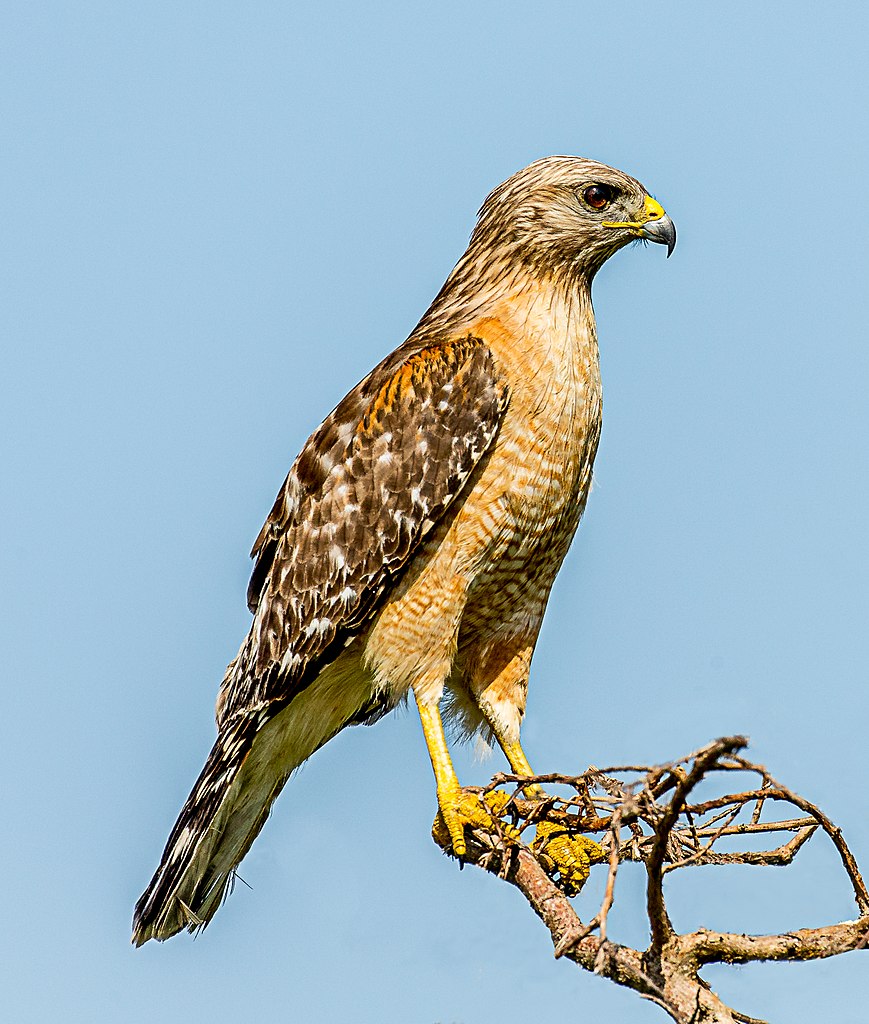In honor of the halfway point between the start of spring and the start of summer, make an ecologically conscious flower crown.
Post by Marisa
In honor of the halfway point between the start of spring and the start of summer, make an ecologically conscious flower crown.
Post by Marisa

Spending time outside can help you feel connected to nature, but there are ways to connect to nature without leaving your house. Find a comfy spot to sit near a window and take 20 minutes to gaze out at the world. What will you notice during this time?
Capture a moment in time out your window through writing, questioning, and drawing. For further instructions, follow along with the activity guide.
Explore these other posts about journaling:
Post by: Elise
Slowing down and taking a small part of your day to be silent and listen can help you feel more relaxed and calm. Tune in to what is around you by making a map of sounds. Is there a bird chirping in the tree to your right? Water running in a creek behind you? Footsteps crossing on the sidewalk in front of you?
This 10-20 minute activity can be done with all ages and at any time of day. You will be surprised at how energetic kids (and adults) will calm down and sit for extended periods of time during this activity. For tips and tricks to do this listening activity with your whole, take a look at the Sound Map Activity Guide.
Explore these other posts about observing nature:
Post by: Elise
Witness the making of one of the pieces in our exhibit, The Art of Nature, while exploring the natural history of the red fox (Vulpes vulpes) and learning how to use grisaille and watercolor in your own science illustrations.
Art is essential to increasing scientific knowledge and inspiring conservation. This lecture from Andrea Dingeldein, a local artist and educator featured in the Museum’s 2020 exhibition of science illustration, The Art of Nature, explores science illustration, both historical and contemporary, and its importance as a tool to observe and connect with nature.
Andrea Dingeldein is a marine biologist, naturalist, and general lover of nature. Andrea’s focus is in marine illustration, but she enjoys drawing insects, reptiles, and any other creepy-crawlies she can get her hands on. She specializes in illustrations for peer-reviewed science articles and has published illustrations in Ecological Modeling and Bulletin of Marine Science. Other clients include NC Department of Marine Fisheries, Friday Harbor Laboratories, and Western Society of Naturalists. Explore her work.
Andrea has two pieces in our 2020 exhibition of science illustration, The Art of Nature. Explore the virtual exhibit.
Reuse materials from your home to create a tool to help you observe the secret world of insects more closely — a bug net!
Post by Marisa

You can learn a lot about an animal just by making careful observations. If you want to know what an animal eats, a good place to start is by looking at the teeth. But what if they don’t have teeth? When looking at birds, it’s all about the beak! Different beaks can tell us quite a bit about what that particular bird eats.
Explore different bird species through this short presentation and figure out what they eat by making careful observations of their beak shape.The next time you go outside, try paying close attention to any birds you see – what does their beak look like? What are they eating? You might start to notice all kinds of interesting behaviors and adaptations!
Learn more about birds with the resources in our Online Museum Store.
Post by: Ellen
What do animals need to survive? This short lesson explores that question and dives into the different kinds of places where animals can live, and how different animals can survive in their habitats. It’s up to you to use the clues to figure out which animals live nearby!
Learn more about mammals with these resources in our Online Museum Store.
Post by: Ellen
What do plants need to grow and how do different seasons affect them? To answer these questions we need to pay close attention to the world around us and think about what changes each season brings.
Dive into the short slideshow below to explore what plants need to survive and grow, then go look around where you live and see what plants you can find! When you find some plants, you may wonder: Are they in sunny spots? How do they get water? Do you know the names of any plants?
Activity and resources:
Science Illustrator Megan Gnekow shares the story behind her piece, “Plovers in the Dunes,” featured in this year’s The Art of Nature exhibit.
This is an excerpt from a longer conversation with Megan hosted live on Facebook on April 10, 2020. Watch the full program here.